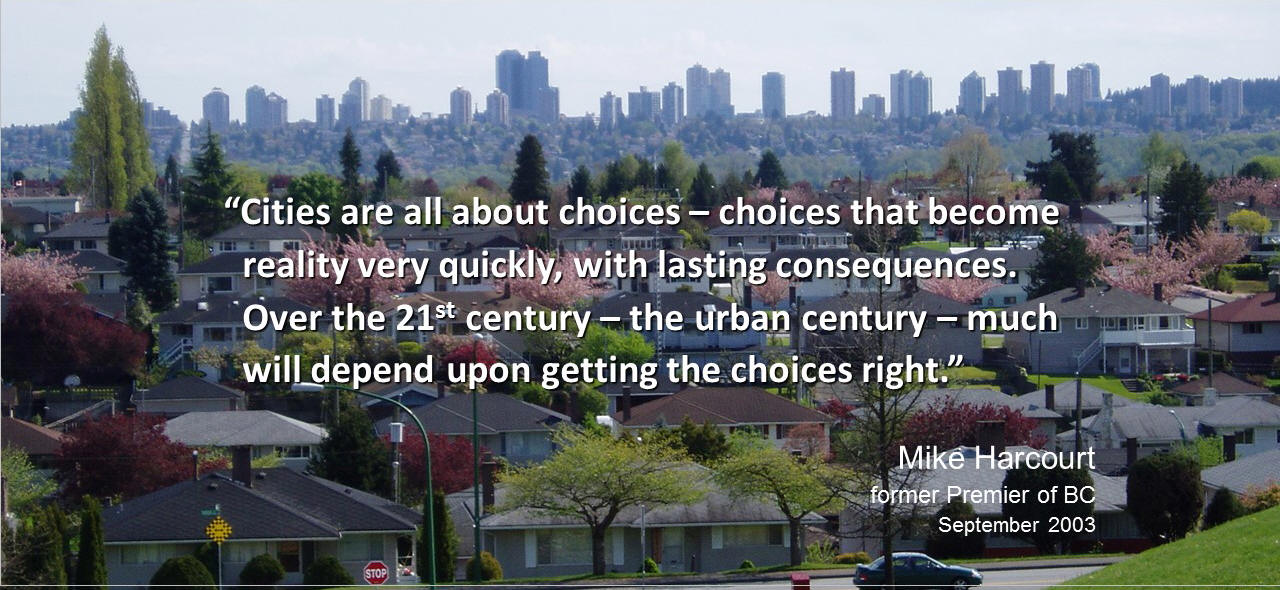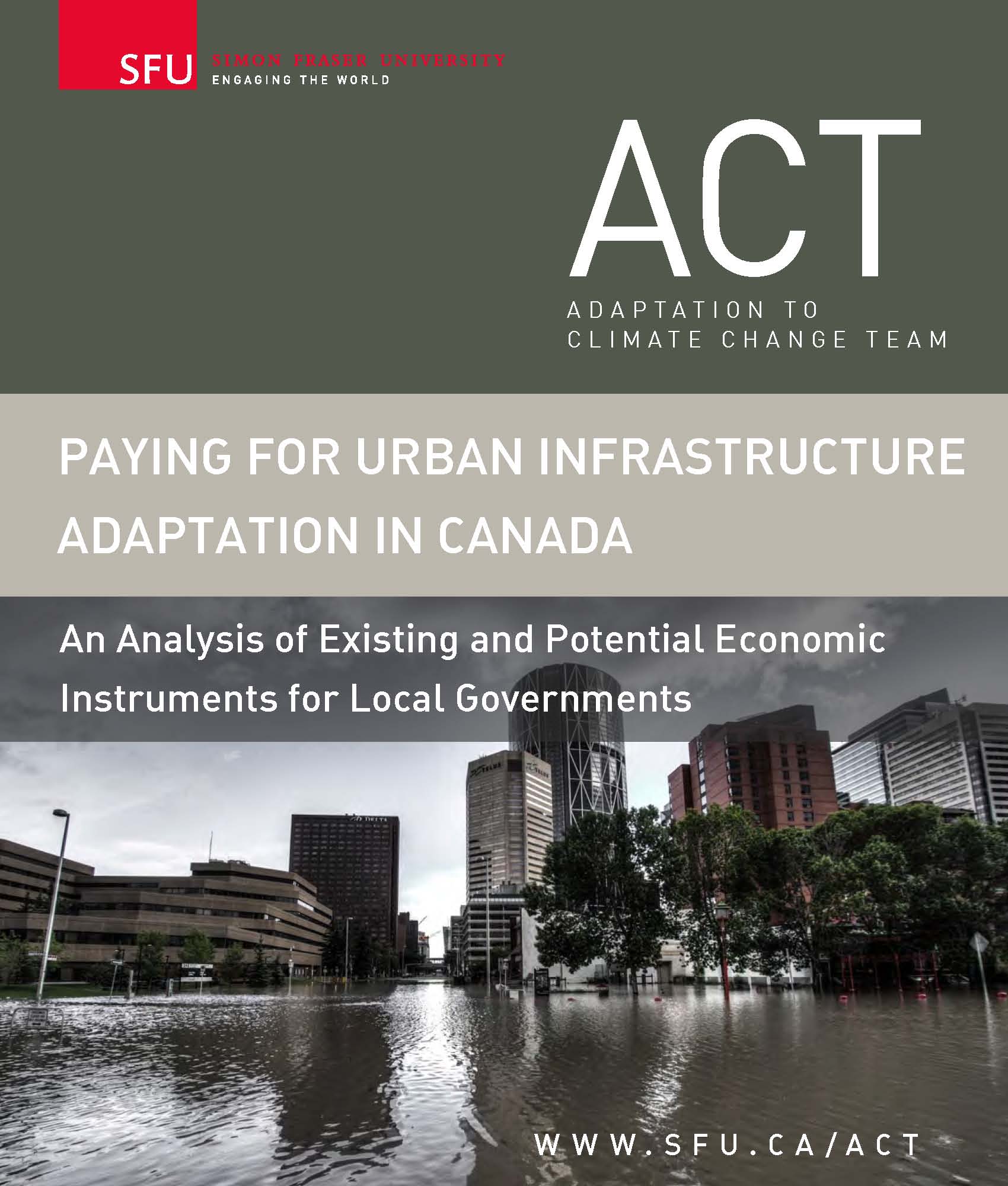“Adapting to climate change means investing in the right infrastructure,” says former British Columbia Premier Mike Harcourt
Note to Reader:
Western North America may be crossing an invisible threshold into a different hydro-meteorological regime. Throughout 2015, an unprecedented winter-spring-summer drought extended from Mexico north to BC, and across Canada to Manitoba.
This experience has impacted on how the public views the climate and their understanding of how it is changing. Communities can no longer count on a predictable snowpack and reliable precipitation to maintain a healthy water balance in their watersheds. It is flood and drought, feast and famine. It has been difficult even for experts to grasp the extent of what the loss of relative hydrological stability means.
Paying for Urban Infrastructure Adaptation in Canada
A Powerful Combination: Ingenuity + Collaboration
“We know that climate change will continue to have major impacts on Canadian infrastructure, which is already aging and in need of re-investment. Local governments in particular are on the front lines,” states Mike Harcourt, former Premier of British Columbia (1991 – 1996). He is also a former Mayor of Vancouver (1980-1986). Presently, he is Chair of QUEST (Quality Urban Energy Systems of Tomorrow) and a member of Canada’s Ecofiscal Commission’s Advisory Committee.
 “Proactive recognition of the risks we face offers Canadians the opportunity to direct policies and investment in ways that support a more resilient future. In order to do this effectively, we can draw upon a variety of tools located at different levels of government and authority.”
“Proactive recognition of the risks we face offers Canadians the opportunity to direct policies and investment in ways that support a more resilient future. In order to do this effectively, we can draw upon a variety of tools located at different levels of government and authority.”
“Ingenuity in how we fund and incentivize resilient, green infrastructure development is essential, starting now. Part of adapting to climate change means adjusting the way governments make decisions, and create policies.”
“The key to building resilience through adaptation to climate change is collaboration vertically between all levels of government and horizontally among residents, businesses and their municipal authorities. It’s time for Canadians to think outside the usual government boxes, and get creative,” emphasizes Mike Harcourt.
REPORT: Paying for Urban Infrastructure Adaptation in Canada
“Local governments in Canada have a significant role to play in minimizing the impacts of climate change on their population, economy, and fiscal budgets. Simultaneously, local governments typically experience limited capacity, expertise, and limited financial resources,” continues Deborah Harford, Executive Director of ACT (the Adaptation to Climate Change Team) at Simon Fraser University.
 Deborah Harford directed development of ACT’s June 2015 report: Paying for Urban Infrastructure Adaptation in Canada. Ground-truthing took place in two areas of British Columbia: the City of Vancouver and the Cowichan Valley Regional District (on Vancouver Island).
Deborah Harford directed development of ACT’s June 2015 report: Paying for Urban Infrastructure Adaptation in Canada. Ground-truthing took place in two areas of British Columbia: the City of Vancouver and the Cowichan Valley Regional District (on Vancouver Island).
“This report examines a number of instruments that local governments in Canada may use to generate revenues in support of adaptation in general, and in support of the development of climate resilient infrastructure in particular.”
“The report also examines instruments aimed at incentivizing behavioural changes at local levels that may reduce the need for public investments in adaptation, and could thereby reduce the need to generate revenues in support of such investments.”
To Learn More:
To download Paying for Urban Infrastructure Adaptation in Canada, CLICK HERE. All tools are evaluated through a framework to enable systematic, evidence-based assessment of the different options.
Sustainable Watershed Systems, through Asset Management
 British Columbia is at a tipping point. Three game-changers – Water Sustainability Act, Develop with Care 2014, and Asset Management for Sustainable Service Delivery: A Framework for BC – are drivers for an approach that the Partnership for Water Sustainability in BC is branding as Sustainable Watershed Systems, through Asset Management.
British Columbia is at a tipping point. Three game-changers – Water Sustainability Act, Develop with Care 2014, and Asset Management for Sustainable Service Delivery: A Framework for BC – are drivers for an approach that the Partnership for Water Sustainability in BC is branding as Sustainable Watershed Systems, through Asset Management.
The Province’s Living Water Smart vision is to move beyond traditional infrastructure asset management and also account for nature’s services. The asset management requirements for the Province’s capital grants program provide the financial incentive for local governments to integrate ‘watershed systems thinking’ into asset management.
To Learn More:
Released in November 2015 by the Partnership for Water Sustainability, Beyond the Guidebook 2015: Moving Towards “Sustainable Watershed Systems, through Asset Management” is the third in a series that builds on Stormwater Planning: A Guidebook for British Columbia



